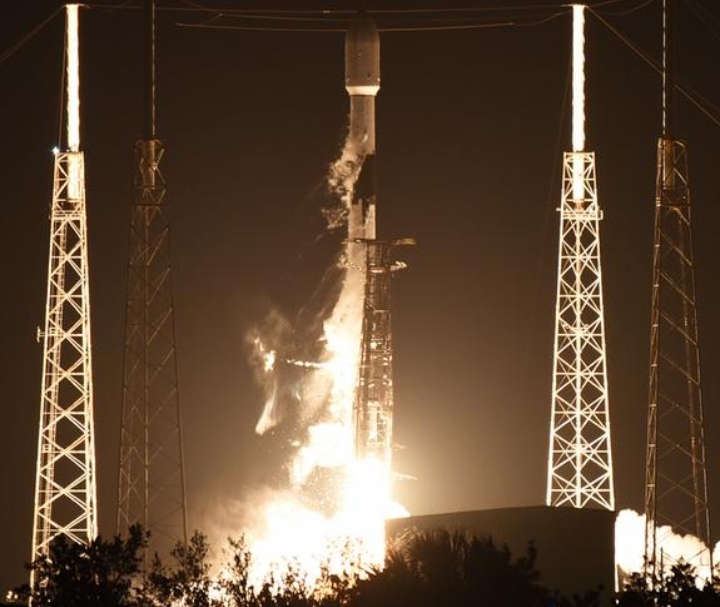The new NASA device is capable of measuring air pollution across North America down to the neighborhood level. NASA said the mission isn't just for research, but about "improving life on Earth for all."
NASA Launches Device to Monitor air Pollution From Space


A new NASA air pollution-monitoring device is due to fly on a SpaceX Falcon 9 mission in the early morning on Friday.
The Tropospheric Emissions Monitoring of Pollution (TEMPO) instrument will allow scientists to monitor air pollutants and their emission sources from space more comprehensively than ever before, down to the neighborhood level.
It’ll be hosted by a commercial satellite and will not only provide much deeper data on air pollution in North America but more often too.
“TEMPO is going to change what we know about air quality. It’s going to give us higher temporal, or time data. So we will actually have hourly data in the daylight hours of our air quality,” said Erika Wright with the Harvard & Smithsonian Center for Astrophysics.
Right now, that data is only gathered once a day from space, but once activated, TEMPO’s data flow will be more frequent and available to everyone, including community leaders who can use it to make informed decisions from localized air quality predictions to longer-term impact when working with federal agencies.
The data will be used by the US Environmental Protection Agency (EPA), the National Oceanic and Atmospheric Administration (NOAA) and other agencies responsible for tackling atmospheric pollution.
The TEMPO mission is about more than just studying pollution — it's about improving life on Earth for all," NASA Administrator Bill Nelson said in a statement.
By monitoring the effects of everything from rush-hour traffic to pollution from forest fires and volcanoes, NASA data will help improve air quality across North America and protect our planet," he added.
A unique feature of TEMPO, which is about the size of a washing machine and has been described as a chemistry laboratory in space, is that it will be hosted on an Intelsat communications satellite in geostationary orbit.
Existing pollution-monitoring satellites are in low Earth orbit, which means they can only provide observations once a day at a fixed time.
TEMPO will be able to measure atmospheric pollution down to a spatial resolution of 4 square miles (10 square kilometers), or neighborhood level.
The great thing about TEMPO is that for the first time we'll be able to make hourly measurements over North America, so we'll be able to see what's happening over a whole day as long as the sun is up," Nowlan added.
TEMPO will have multiple applications from measuring levels of various pollutants to providing air quality forecasts and helping the development of emission-control strategies.
More than 40% of the US population, 137 million people, live in places with unhealthy levels of particle pollution or ozone, according to the American Lung Association. Air pollution is blamed for some 60,000 premature deaths a year.
Among the pollutants tracked by TEMPO will be nitrogen dioxide, produced from the combustion of fossil fuels, formaldehyde and ozone.
The data will be made available online for members of the public to monitor air quality information in their local area.

 বাংলা
বাংলা  Spanish
Spanish  Arabic
Arabic  French
French  Chinese
Chinese 
